8 Types of Onions and What to Do With Them
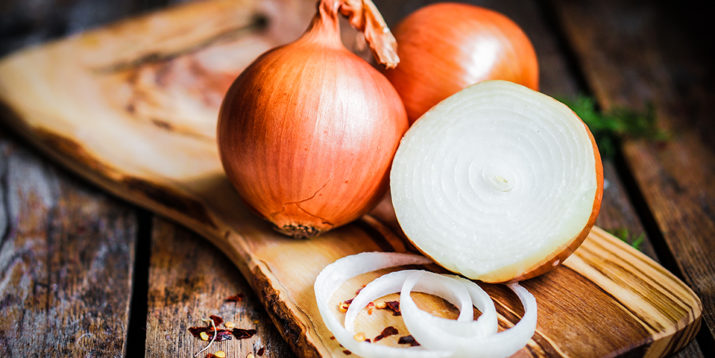
The humble onion is an incredibly versatile vegetable — you can eat it in endless ways: raw, caramelized, grilled, sautéed, fried, and more. Adding onions to a recipe can boost the flavor and texture. But which types of onions are the best for cooking? Which onions are best to eat raw?
We’ll cover the nutrition benefits and help you pick the best onion for your recipe.
1. Yellow Onions
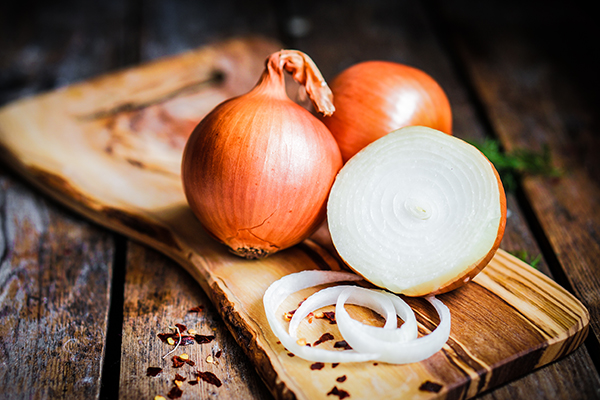
When in doubt, yellow onions (very similar to Spanish onions) are the safest pick for recipes that don’t specify the onion type.
They’re very versatile and can be tucked into soups, stews, and roasts. Yellow onions are more balanced between sweet and spicy.
But, they can have a pungent enough flavor that you may not want to eat them raw unless you try this trick: To tame the onion bite, try slicing them ultra-thin and soaking them in a bowl of cold water 15 minutes before serving.
2. Red Onions
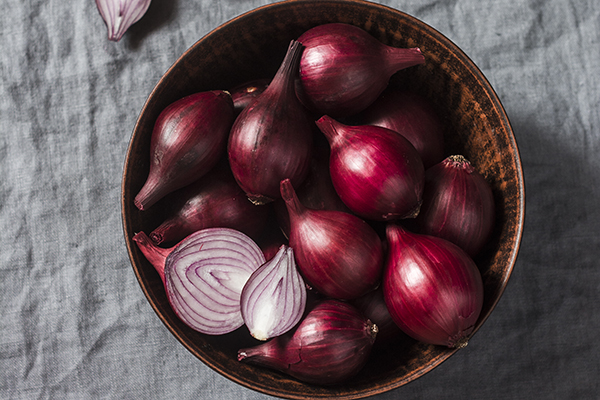
Red onions have a slightly crisper texture and are a deep ruby color. The color comes from anthocyanin, a powerful antioxidant.
With crisp and color, red onions are often used for salads and pickling. You’ll also see them sprinkled over tacos and pizzas for a pretty pop of color.
Want to quick-pickled red onions? Simply soak thin-sliced red onions in apple cider vinegar.
Soaking the onions in an acidic liquid can reduce the strong onion flavor and introduce a new vinegary taste.
3. White Onions
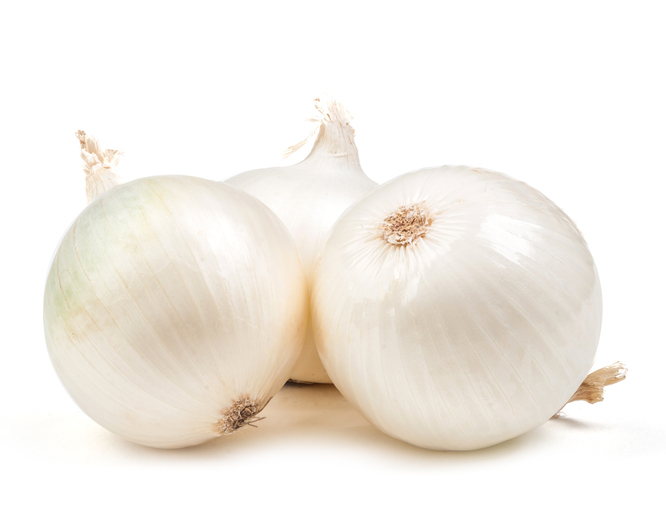
So, what’s the big difference between white versus yellow onions? White onions have a sharper, spicier onion flavor.
They’re often used in Mexican cuisine (tacos, salsa, guacamole) and served on hot dogs, burgers, and sandwiches.
To tame the onion-y flavor, you can use the same water-soaking trick as noted above.
4. Sweet Onions
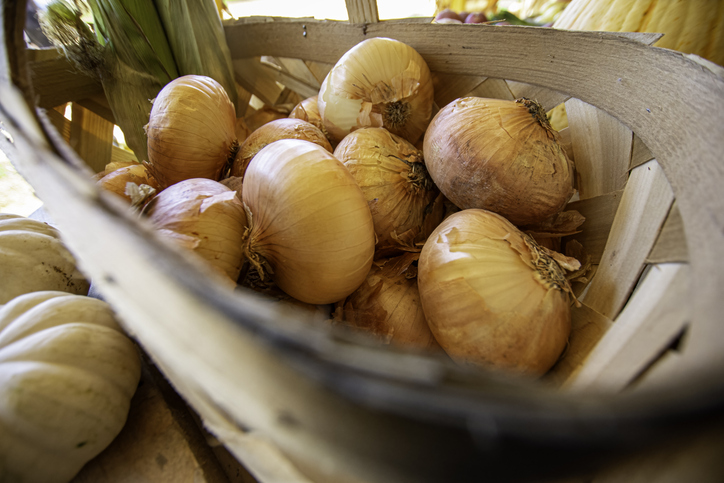
Some onions have a higher sugar content and are known as “sweet onions.” Their sweetness makes them perfect for making golden, caramelized onions, braised onions, or onion rings.
To find sweet onions at the grocery store, look for specific varieties such as:
- Vidalia
- Bermuda
- Maui
- Walla Walla
5. Pearl Onions
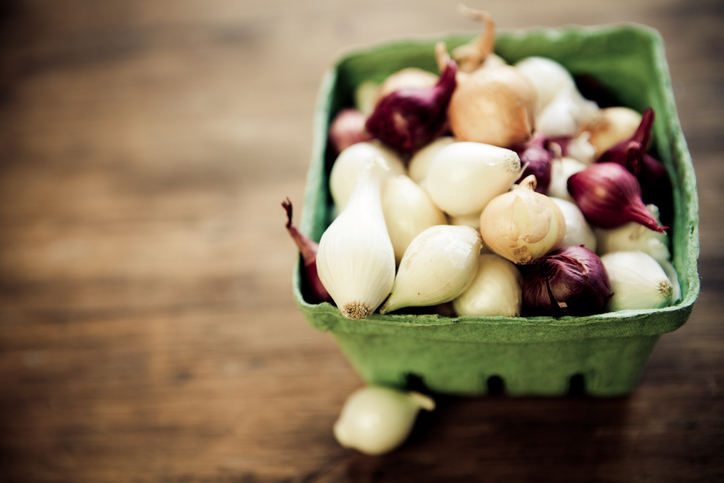
Pearl onions are little baby onions about an inch across. These onions have a mild flavor and are sweeter than normal-sized onions.
They’re commonly used in soups and stews — and you can even use them as a martini garnish!
They’re typically cooked whole — the tricky part is making sure to peel them clean.
Pro tip for peeling:
- Cut the tips off the onion, then boil them in water for 2 minutes.
- Once they’re cool enough to touch, squeeze the onion from the root end until it pops out of the skin.
Not keen on peeling? Try our recipe for caramelized pearl onions using the frozen, pre-peeled kind.
6. Shallots
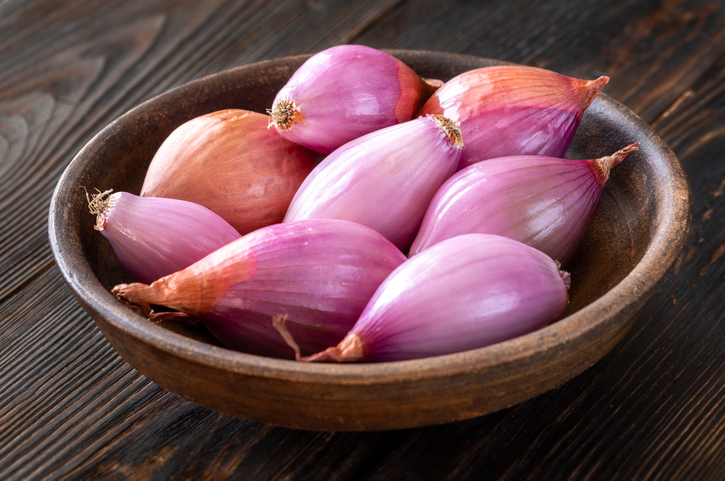
These bulb-shaped onion cousins are mild but distinct flavor and taste like a cross between onion and garlic.
Shallots are more common in Asian cooking but versatile enough to include in any cuisine.
In almost any recipe, you can replace onions with shallots and vice versa — just go with what you have on hand.
7. Scallions
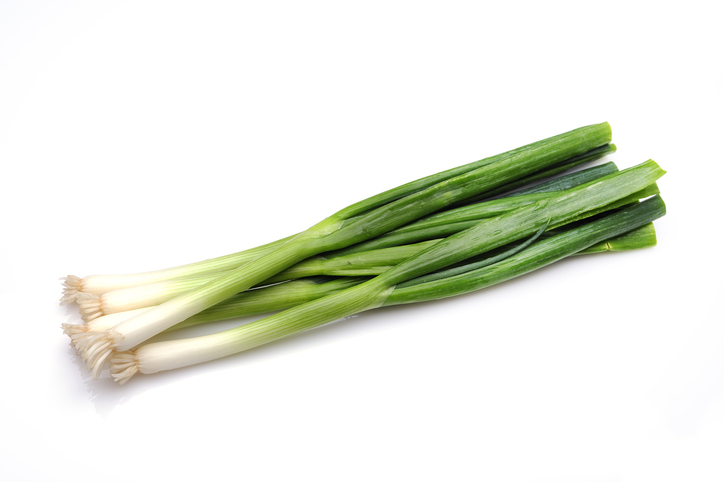
Also known as “green onions,” scallions are sweet with substantially less onion bite, so they’re perfect for eating raw. Chopped scallions are good for garnishing soups, stir-fries, pasta, omelets — basically any food that needs a pop of green!
Scallions are very similar to spring onions, which are milder and sweeter in taste and have a pronounced bulb of white flesh at their base.
8. Leeks
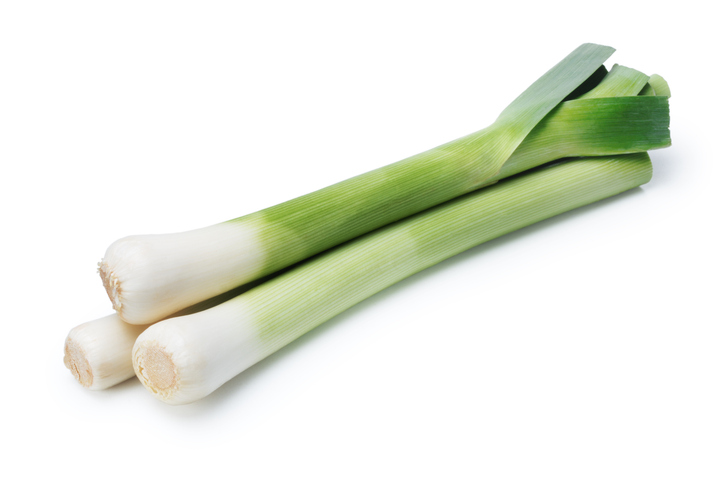
Leeks look like giant stalks of scallions and are much milder than your standard onion. They are a hearty winter vegetable you classically see in soups, casseroles, and roasts.
Since the leaves on leeks are tightly packed, they notoriously trap a lot of dirt so make sure you rinse them well.
To prep:
- Trim off the tops
- Lightly slice stalks in half
- Clean the layers under cold water
What Makes Onions Healthy?
Onions are a nutritious kitchen staple: They contain allyl sulfides and are a source of vitamin C and magnesium.
White, red, and yellow onions contain quercetin, an antioxidant-like compound.
There are actually hundreds of onion varieties, but that’s just information overload.
Instead, we listed the common types of onions, plus a few tips for cook and prep.
Lucky for you, no matter which onion type you eat, you’ll still score nutritional benefits.
